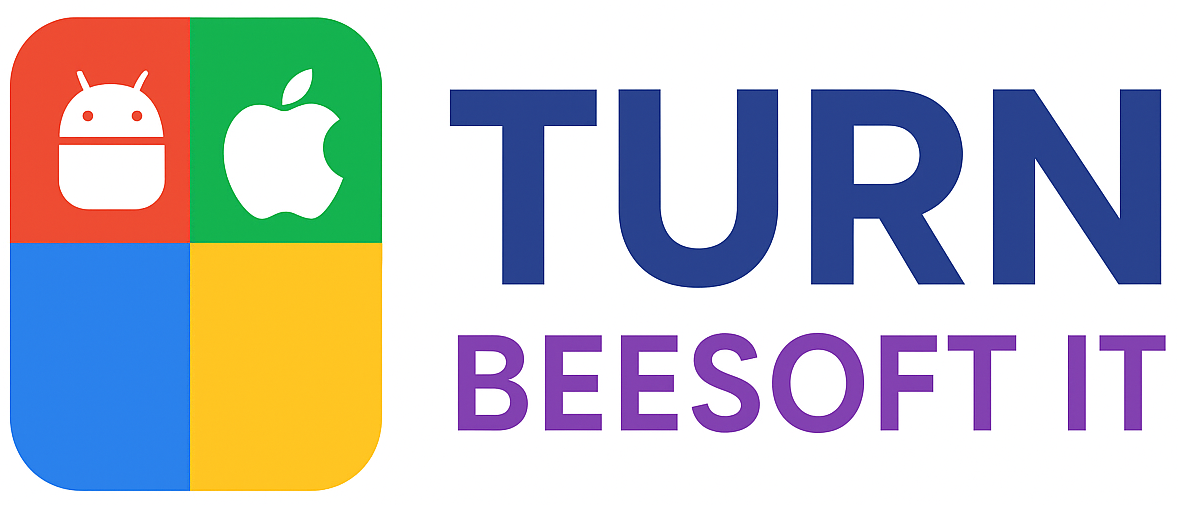The identified subject denotes a specific model of smartphone. It combines the manufacturer’s brand, operating system, and a particular iteration within a product line known for extended battery life. This mobile device provides users access to applications and services within a widely used software ecosystem.
Devices of this type offered a balance between functionality and longevity, addressing a common user need for extended usability without frequent recharging. Historically, such phones filled a market niche, appealing to individuals prioritizing battery endurance over cutting-edge features prevalent in flagship models.
